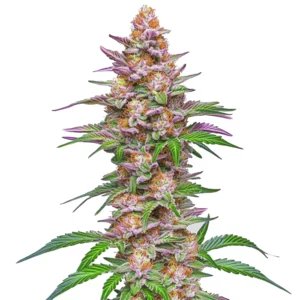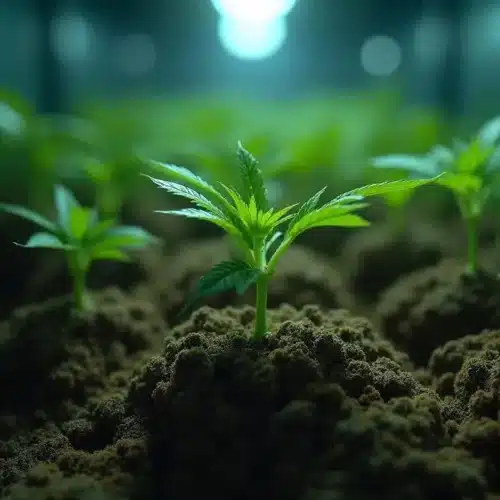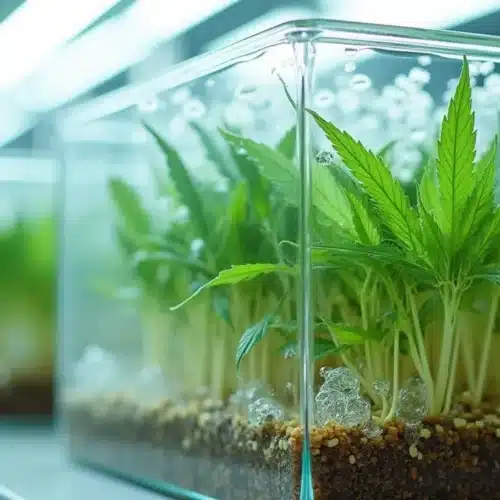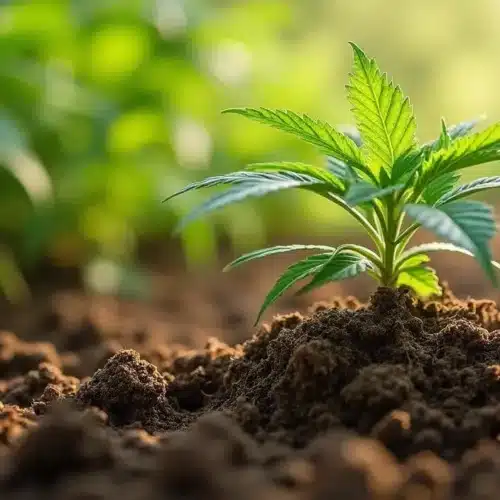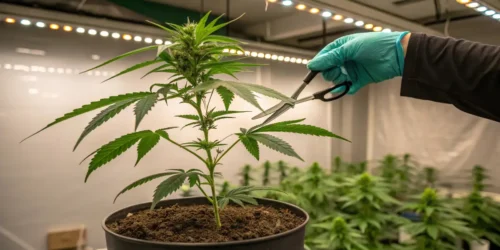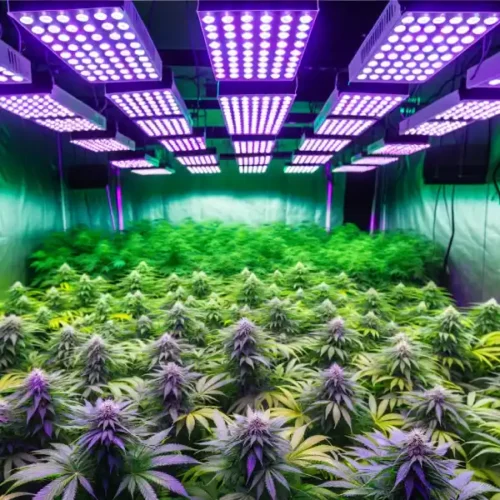An automated drip irrigation system is a game-changer for anyone looking to maintain a thriving garden or farm. This method ensures that your plants receive the right amount of water consistently, reducing waste and improving plant health. How these systems work can help you decide if they suit your gardening needs. So, let’s dive deeper into the world of drip irrigation!
What is an Automated Drip Irrigation System?
At its core, an automated drip irrigation system delivers water directly to the base of each plant. This targeted watering ensures that the roots receive moisture without wetting the leaves, which can cause various issues. The system consists of several components including tubing, emitters, a timer, and a water source.
The timer allows the system to water your plants at set intervals, which is particularly handy during hot summer months when plants need more hydration. Imagine being able to attend a summer barbecue, confident that your plants are being lovingly cared for while you’re away!
Components of the System
Here are the primary components of an automated drip irrigation system, each playing a vital role in promoting plant health:
- Drip Tubing: This flexible tubing carries water from the source directly to your plants.
- Emitters: These clever devices release water slowly and precisely into the soil around each plant.
- Timer: This automates your watering schedule, ensuring your plants receive the right amount of water without daily attention.
- Filter: Filters prevent debris from clogging the system, ensuring smooth operation.
- Pressure Regulator: This ensures that water flows at the correct pressure, protecting the system from damage.
By understanding these components, you can appreciate how integrated and effective an automated drip irrigation system can be in maintaining your garden.
Promos & Deals
Benefits of Using an Automated Drip Irrigation System
This type of irrigation offers numerous advantages that can transform the way you garden. First, it significantly boosts water efficiency. Since it delivers water directly to the roots, there’s far less evaporation and no runoff. This efficiency makes it a perfect solution for areas prone to dry spells or water limitations.
Another major benefit is the reduction in weed growth. By directing moisture exclusively to the plants that need it, you effectively limit the moisture available to pesky weeds. As a result, your vegetables can flourish without competing for essential nutrients and resources.
Cost and Time Savings
Investing in an automated drip irrigation system can lead to long-term savings that pay off handsomely. Although the initial setup costs might be a bit higher than traditional watering methods, the reduction in water bills and the time you save by not hand-watering daily can quickly offset those costs. Picture yourself enjoying a peaceful afternoon in your garden rather than battling a hose!
For those apprehensive about the upfront costs, there are many affordable options available. Numerous companies offer kits tailored for different garden sizes, enabling you to select a setup that fits your budget and specific gardening needs.
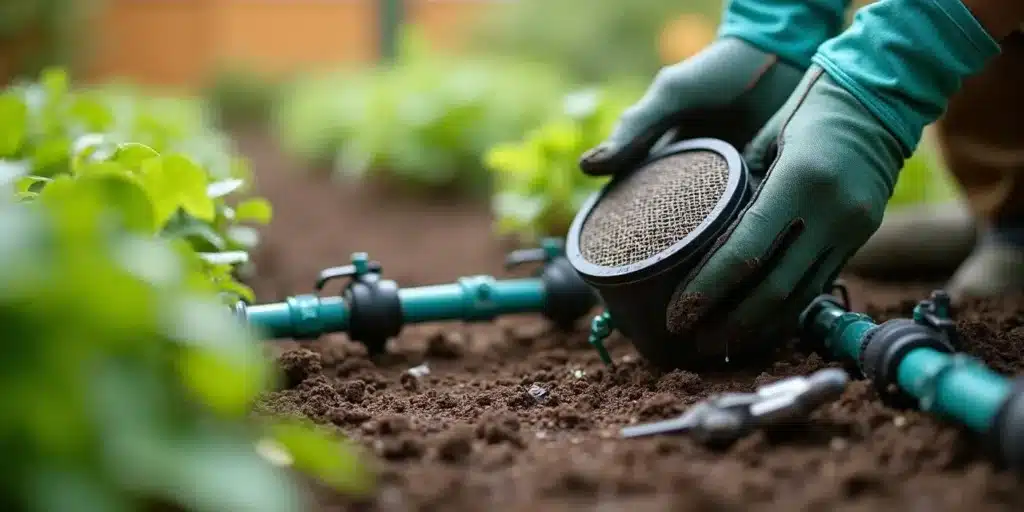
How to Set Up an Automated Drip Irrigation System
Getting started with an automated drip irrigation system is more straightforward than you might think. Follow these steps to set up your system with ease:
- Assess your garden layout and identify where your plants are located.
- Choose a reliable water source and make sure it can maintain consistent pressure.
- Purchase the necessary components, taking into account the size of your garden.
- Lay out the tubing according to your garden’s design and plant placements.
- Install the emitters around each plant, ensuring they are correctly positioned.
- Connect the system to your water source, then set and schedule your timer.
- Perform a test run to ensure that everything is functioning properly.
After setting up, remember to monitor the system frequently, especially in the initial days. Look out for things like clogged emitters or leaks that may need immediate attention to avoid impacting your garden’s health.
Monitoring and Maintenance
Regular maintenance of your drip irrigation system is essential to ensure optimal performance. This includes routine checks of filters and watchers for any blocks in the emitters. If you start to see slow water flow or notice dry patches in your garden, that could be an early warning sign of a clog or issue within the system needing your attention.
Additionally, seasonal adjustments can serve to enhance efficiency. In regions with distinct weather changes, it’s wise to adapt the timer settings to meet your plants’ shifting water requirements as temperatures fluctuate.
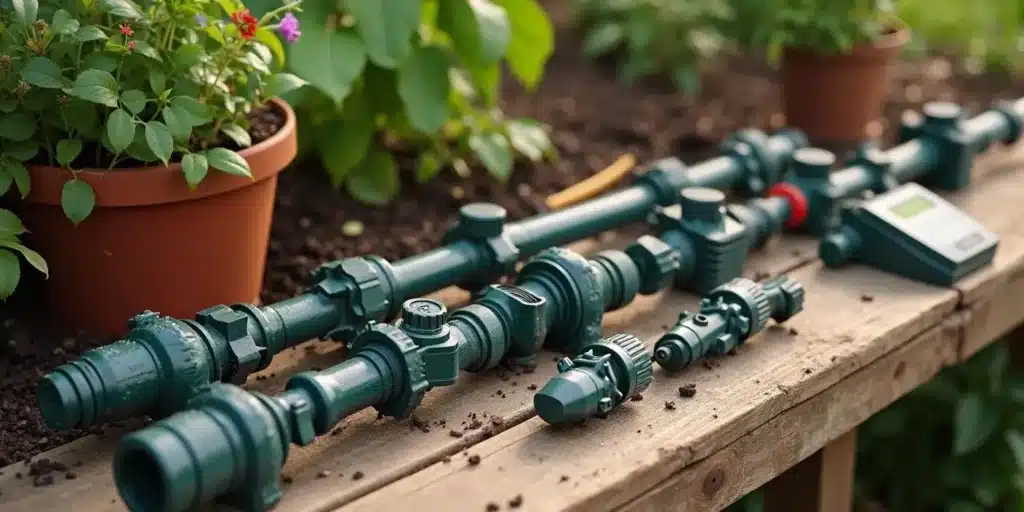
Choosing the Right Plants for a Drip Irrigation System
When picking plants for your automated drip irrigation system, assessing their water needs is crucial. Some plants thrive better in moist environments while others prefer drier conditions. Here are three popular strains that work particularly well with drip setups:
- Blueberry: This delightful fruit loves moist soil, making it an excellent choice for drip irrigation.
- Green Crack: Known for its hardiness, this strain thrives on precise watering schedules, making drip irrigation beneficial.
- White Widow: This strain appreciates stable moisture levels, ensuring it gets everything it requires through a drip system.
Additionally, consider planting a mix of water-sensitive and drought-tolerant plants. This strategy allows you to tweak the watering schedule as necessary and better understand how each plant varieties respond. You’ll enjoy watching your garden flourish!
Common Mistakes When Setting Up the System
Many newcomers to drip irrigation often make a few common mistakes during the setup process. A frequent error is underestimating the number of emitters required. Make sure each plant has its dedicated source of hydration to ensure uniform growth across your garden.
Another mistake is placing emitters too closely together. Proper spacing promotes deeper root growth, which ultimately strengthens the health of your plants. Aim for a distribution that allows each plant to thrive independently!
FAQs about Automated Drip Irrigation Systems
What are the costs associated with these systems?
Costs can vary widely, influenced by the size of your garden and the quality of components you choose. For smaller setups, expect to spend around $50, while larger, more elaborate systems can run several hundred dollars.
Do I need special tools to install it?
Basic tools such as scissors for cutting tubing and maybe a shovel for digging may suffice. Most drip irrigation kits come with everything you need for a straightforward installation.
How often should I run the system?
The frequency of watering depends on several factors, including plant type and weather conditions. A great starting point is to water 2-3 times a week, adjusting as needed based on the soil moisture levels.
Can I use rainwater for my system?
Absolutely! Collecting rainwater is a sustainable approach to providing hydration for your plants. Just be sure that your system can manage rainwater effectively without clogging issues.
Is it suitable for all types of plants?
Drip irrigation works well with most plants, but it’s crucial to consider their specific water needs. For example, succulents typically require less frequent watering, while other plants may thrive on more consistent moisture.
What maintenance does the system require?
Regular maintenance involves checking emitters for clogs, cleaning filters, and adjusting timer settings as needed to keep everything running smoothly. Prioritize these tasks for a well-functioning system.




